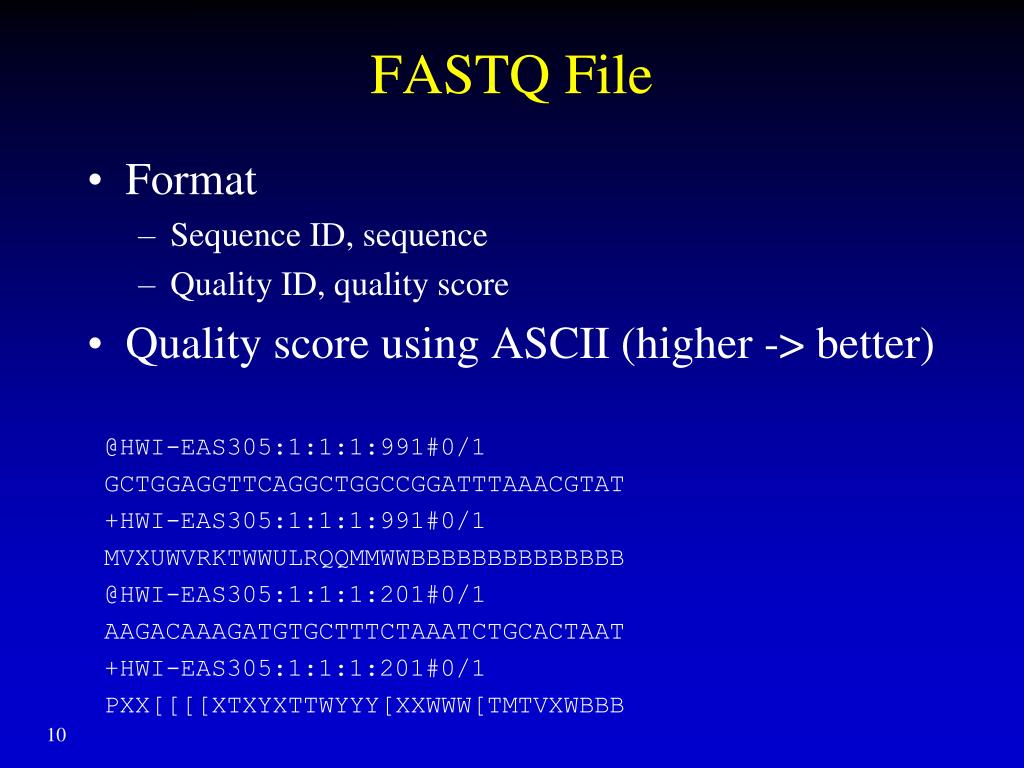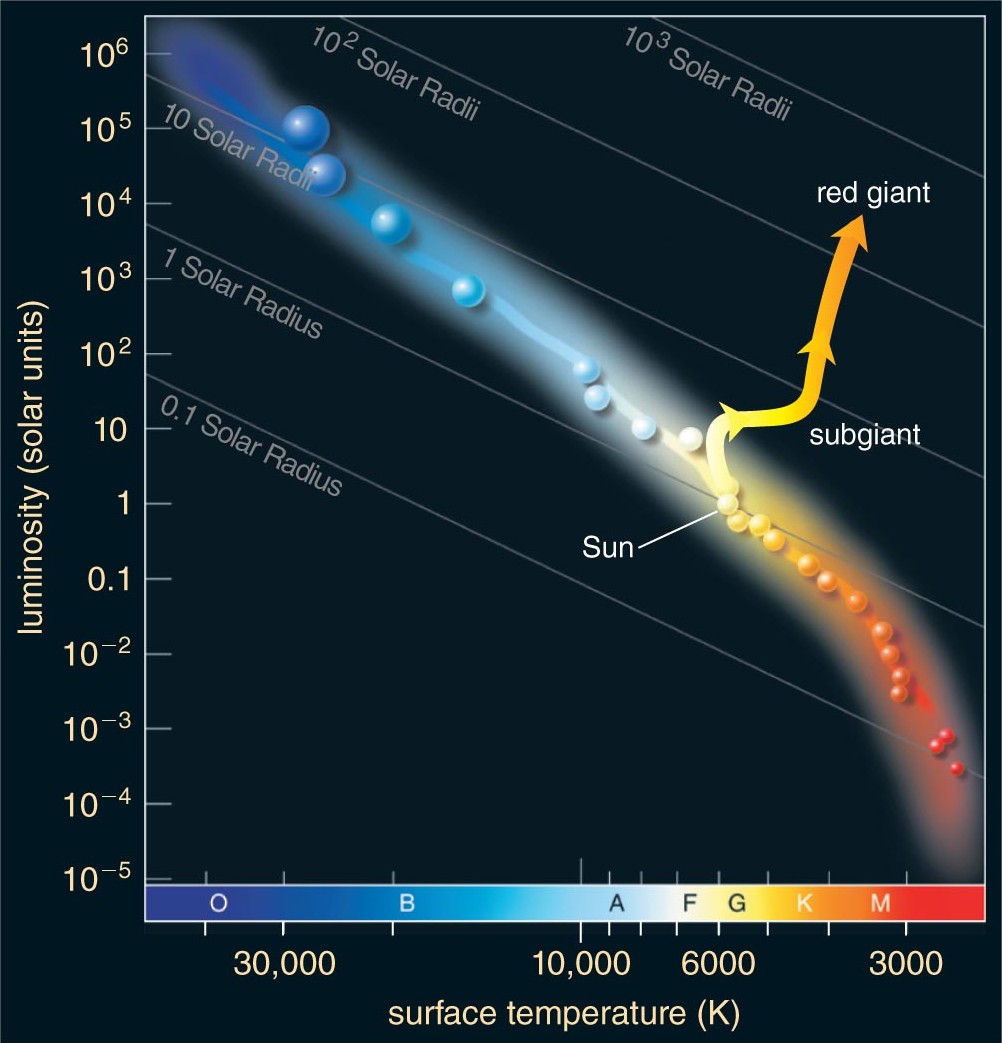


Examples ĭue to the dust usually obscuring them, many post-AGB stars are visually relatively dim. On the other hand, the luminosity of post-AGB stars is usually constant throughout the post-AGB stage, and slightly dependent on the star’s core mass, and getting slightly brighter with lower metallicity. Technically, the post-AGB stage only ends when the star reaches its maximum temperature of 100- 200,000 K, but beyond 30,000 K, the star ionises the surrounding gas and would be considered a central star of a planetary nebula more often than a post-AGB star. Post-AGB stars span a large range of temperatures, as they are in the process of heating up from very cool temperatures ( 3,000 K or less) up to about 30,000 K. After reaching an effective temperature of about 30,000 K, the star is able to ionise its surrounding nebula, producing a true planetary nebula. Towards the end of this stage, post-AGB stars also tend to produce protoplanetary nebulae as they shed their outer layers, and this creates a large infrared excess and obscures the stars in visible light. The timescale gets slightly shorter with lower metallicity. The duration of the post-AGB stage varies based on the star's initial mass, and can range from 100,000 years for a solar-mass star to just over 1,000 years for more massive stars. The stage sees the dying star, initially very cool and large, shrink and heat up. The post-AGB stage occurs after the asymptotic giant branch (AGB or second-ascent red giant) has ended. In this setting, the sequence of coefficients itself is of interest, rather than the convergence of the series.A post-AGB star (pAGB, abbreviation of post- asymptotic giant branch) is a type of luminous supergiant star of intermediate mass in a very late phase of stellar evolution. While many uses of power series refer to their sums, it is also possible to treat power series as formal sums, meaning that no addition operations are actually performed, and the symbol "+" is an abstract symbol of conjunction which is not necessarily interpreted as corresponding to addition.

When calculus was put on a sound and correct foundation in the nineteenth century, rigorous proofs of the convergence of series were always required. Historically, mathematicians such as Leonhard Euler operated liberally with infinite series, even if they were not convergent. The convergence is uniform on closed and bounded (that is, compact) subsets of the interior of the disc of convergence: to wit, it is uniformly convergent on compact sets. The radius of this disc is known as the radius of convergence, and can in principle be determined from the asymptotics of the coefficients a n. Unless it converges only at x= c, such a series converges on a certain open disc of convergence centered at the point c in the complex plane, and may also converge at some of the points of the boundary of the disc. In modern terminology, any (ordered) infinite sequence ( a 1, a 2, a 3, … ) at the origin and converges to it for every x. The resolution of the paradox is that, although the series has an infinite number of terms, it has a finite sum, which gives the time necessary for Achilles to catch up with the tortoise. Zeno divided the race into infinitely many sub-races, each requiring a finite amount of time, so that the total time for Achilles to catch the tortoise is given by a series.

Zeno concluded that Achilles could never reach the tortoise, and thus that movement does not exist. Zeno's paradox of Achilles and the tortoise illustrates this counterintuitive property of infinite sums: Achilles runs after a tortoise, but when he reaches the position of the tortoise at the beginning of the race, the tortoise has reached a second position when he reaches this second position, the tortoise is at a third position, and so on. Oro Labs Inc., a startup working to ease the work of enterprise procurement teams, today announced that it has secured 25 million in early-stage funding. This paradox was resolved using the concept of a limit during the 17th century. In addition to their ubiquity in mathematics, infinite series are also widely used in other quantitative disciplines such as physics, computer science, statistics and finance.įor a long time, the idea that such a potentially infinite summation could produce a finite result was considered paradoxical. Trendsi has closed a 25 million Series A round that brings its total capital raised to 30 million. Series are used in most areas of mathematics, even for studying finite structures (such as in combinatorics) through generating functions. Trendsi secures 25M to help sellers and manufacturers predict demand. The study of series is a major part of calculus and its generalization, mathematical analysis. In mathematics, a series is, roughly speaking, the operation of adding infinitely many quantities, one after the other, to a given starting quantity.


 0 kommentar(er)
0 kommentar(er)
